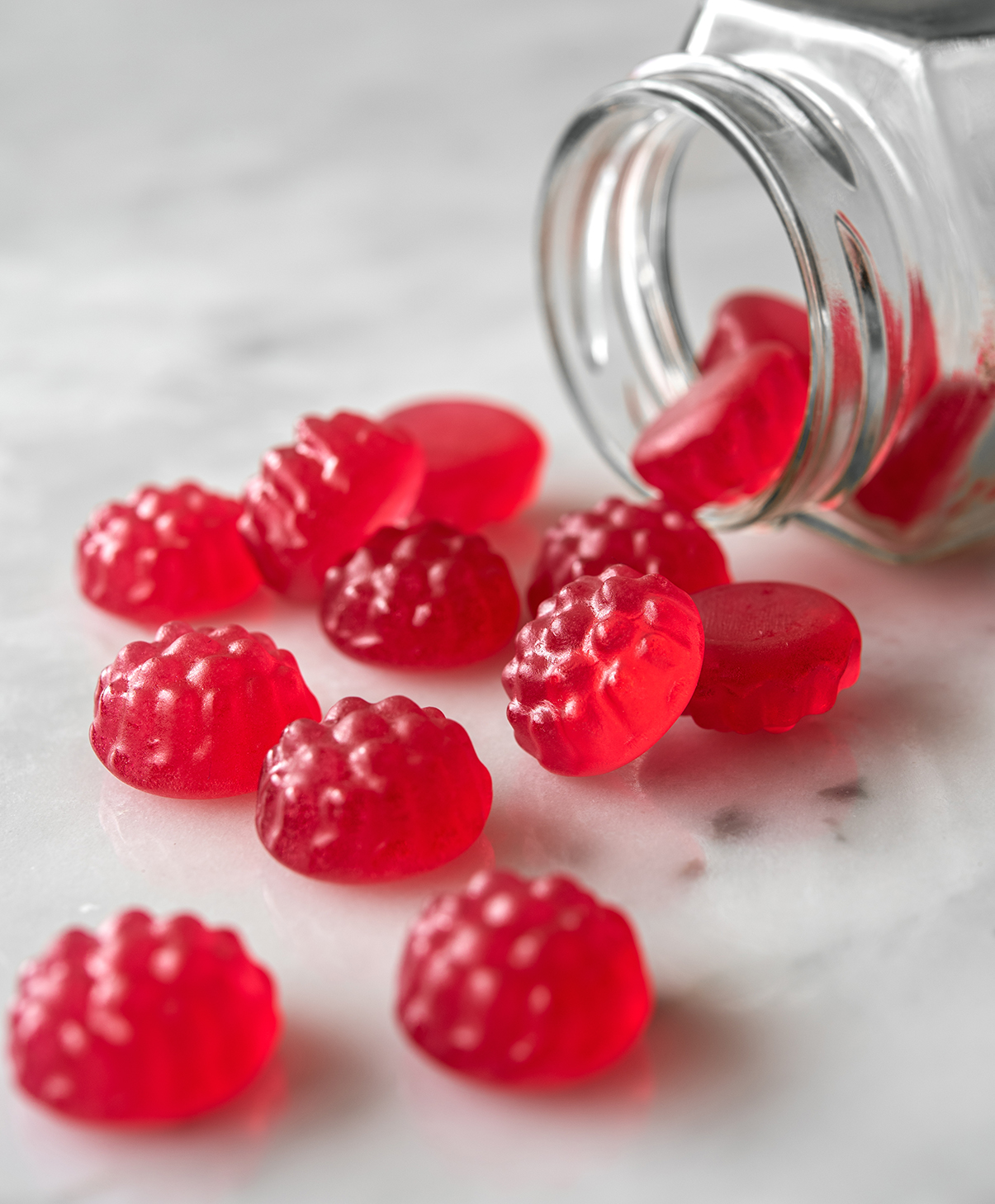How Black Carrot Extract Enhances Your Favorite Desserts
Desserts are not just about satisfying a sweet tooth—they're also a visual and sensory experience. Consumers today are looking for treats that are not only delicious but also natural and health-conscious. Enter black carrot extract, a powerful natural ingredient that enhances desserts with its vibrant color, subtle fruity notes, and impressive health benefits. In this blog, we’ll explore how black carrot extract is revolutionizing desserts and why it’s a must-have in modern baking and confectionery.
What is Black Carrot Extract?
Black Carrot Color is a dark purplish red powder that was extracted from Daucus carota. This product is often used in ice cream, cakes, confectioneries, jelly, integrated alcoholic beverages, etc. This color comes from anthocyanins, a type of antioxidant that provides numerous health benefits. Unlike artificial dyes, black carrot extract is plant-based, making it an ideal choice for natural food coloring in desserts.

Why Use Black Carrot Extract in Desserts?
1. Natural and Vibrant Color Enhancement
One of the primary reasons to use black carrot extract in desserts is its rich purple and red hues. Unlike synthetic dyes, which may have potential health concerns, black carrot extract is a clean-label ingredient that appeals to health-conscious consumers.
-
Pink and red shades: Achieved in acidic environments (e.g., fruit-flavored desserts).
-
Purple hues: Found in neutral pH settings (e.g., creamy desserts like ice cream and pudding).
2. Antioxidant Boost for Healthier Treats
Desserts infused with black carrot extract offer more than just good looks—they also provide antioxidants that help protect against oxidative stress. These anthocyanins may support heart health, reduce inflammation, and promote overall well-being, making desserts slightly healthier without sacrificing taste.
3. Health Benefits of Black Carrot Extract
Black carrot extract is not just about color—it offers several health advantages:
-
Supports Heart Health: Anthocyanins help improve blood circulation and may reduce the risk of cardiovascular diseases.
-
Anti-Inflammatory Properties: Helps combat chronic inflammation, which is linked to conditions like arthritis and diabetes.
-
Aids Digestion: Contains dietary fiber and plant compounds that promote gut health.
-
Boosts Immunity: The antioxidant properties help strengthen the immune system and protect against infections.
-
Supports Eye Health: Rich in carotenoids and anthocyanins that may contribute to better vision and eye protection from oxidative stress.
4. Versatile Flavor Pairing
Black carrot extract has a mild, slightly fruity and earthy flavor, making it a great addition to a variety of desserts. It complements:
-
Berry-based desserts (strawberries, blueberries, and raspberries)
-
Citrus flavors (lemon, orange, and passionfruit)
-
Vanilla and chocolate-based desserts

Best Dessert Applications for Black Carrot Extract1. Cakes and Cupcakes
-
Use black carrot extract to create stunning purple, pink, or red cake layers.
-
Swirl it into vanilla cake batter for a marbled effect.
-
Incorporate it into frostings and glazes for a natural, eye-catching finish.

2. Ice Cream and Frozen Desserts
-
Mix it into vanilla or coconut milk-based ice creams for a gorgeous purple hue.
-
Layer it with fruit-based sorbets for a two-toned effect.
-
Use it in popsicles to add natural color and antioxidants.

3. Macarons and Pastries
-
Add black carrot extract to macaron shells for a pastel pink or deep purple shade.
-
Infuse it into custards and pastry creams for an elegant, colorful twist.
-
Use it in fruit tarts or éclairs for a vibrant, sophisticated appearance.

4. Puddings and Mousse
-
Blend black carrot extract into chocolate mousse for a subtle berry undertone and deep color.
-
Use it in chia seed pudding or yogurt parfaits for an antioxidant-rich treat.
-
Make layered gelatin desserts with black carrot extract for a visually appealing presentation.

5. Candy and Confectionery
-
Naturally color gummy candies and fruit chews.
-
Use it in hard candies for a striking, deep purple hue.
-
Add it to marshmallows or meringues for a soft, pastel effect.

How to Use Black Carrot Extract in Dessert Recipes
Incorporating black carrot extract into desserts is simple, but proper usage ensures the best results:
-
Dosage: Use 0.1% to 1% of the total weight of your dessert for optimal color and flavor.
-
Timing: Add the extract after cooking or cooling to preserve its anthocyanins and maintain vibrant color.
-
pH Considerations: Adjust the acidity of your recipe to achieve the desired color intensity (e.g., adding lemon juice for brighter reds).
-
Storage: Store black carrot extract in a cool, dark place to maintain its stability and effectiveness over time.

Conclusion
Black carrot extract is an exciting and versatile ingredient that enhances desserts in both visual appeal and nutritional value. Whether you’re creating colorful cakes, refreshing frozen treats, or indulgent pastries, this natural food additive provides an eye-catching alternative to artificial dyes while boosting antioxidant content. As the demand for clean-label and naturally enhanced desserts continues to grow, black carrot extract is set to become a staple in modern confectionery and baking.
Ready to transform your favorite desserts? Try incorporating black carrot extract into your next sweet creation and enjoy the beauty and benefits it brings!
References
-
Khoo, H. E., Azlan, A., Tang, S. T., & Lim, S. M. (2017). Anthocyanidins and anthocyanins: Colored pigments as food, pharmaceutical ingredients, and the potential health benefits. Food & Nutrition Research, 61(1), 1361779. https://doi.org/10.1080/16546628.2017.1361779
-
Stintzing, F. C., & Carle, R. (2004). Functional properties of anthocyanins and betalains in plants, food, and in human nutrition. Trends in Food Science & Technology, 15(1), 19-38. https://doi.org/10.1016/j.tifs.2003.07.004
-
Wu, X., & Prior, R. L. (2005). Systematic identification and characterization of anthocyanins by HPLC-ESI-MS/MS in common foods in the United States: Fruits and berries. Journal of Agricultural and Food Chemistry, 53(7), 2589-2599. https://doi.org/10.1021/jf048068b

